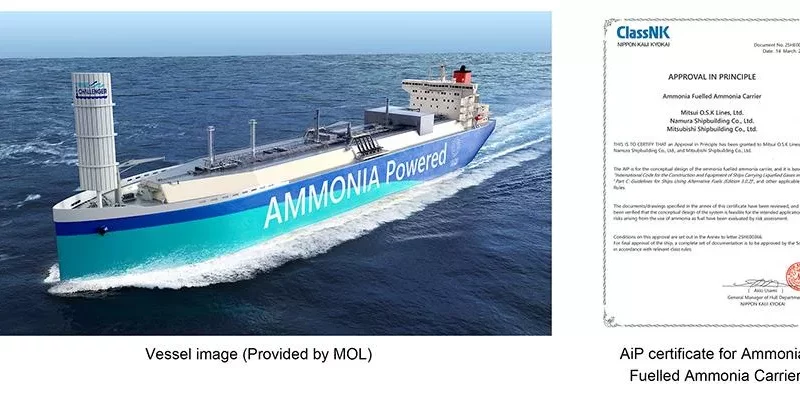General Dynamics Mission Systems to provide advanced electronics in MK 54 Torpedoes for the U.S. Navy
General Dynamics Mission Systems announced that it was awarded a fixed-price-incentive, firm-fixed-price, cost-plus-fixed-fee, and cost-only contract from the U.S. Navy in December for up to $808.6 million to produce MK 54 MOD 1 Lightweight Torpedo Kits and related test equipment, spares, provisioned item orders, engineering support and hardware support for the MK 54 Lightweight Torpedo Program. Work will be performed in Canonsburg, Pennsylvania, and is expected to be completed by December 2032.
“Our Progeny Systems employees have provided advanced torpedo electronics to the U.S. and allied Navies for 18 years. This contract ensures that our surface ships and aircraft will have the most modern and capable torpedoes in the world for many years,” said Laura Hooks, vice president and general manager of Maritime and Strategic Systems at General Dynamics Mission Systems.
Progeny Systems was acquired by General Dynamics Mission Systems in 2022. Headquartered in Manassas, Virginia, Progeny Systems provides a wide spectrum of capabilities and lifecycle support services for U.S. submarines and surface ships.
Approval in Principle (AiP) for the Basic Design of a Large Ammonia-Fueled Ammonia Carrier Obtained from Classification Society
Mitsubishi Shipbuilding Co., Ltd., a part of Mitsubishi Heavy Industries (MHI) Group, has jointly developed a large ammonia carrier that uses ammonia as fuel in collaboration with Mitsui O.S.K. Lines, Ltd. (MOL) and Namura Shipbuilding Co., Ltd. Approval in Principle (AiP) (Note1) for the design has been obtained from Nippon Kaiji Kyokai (ClassNK). The approval was given through ClassNK’s review of basic design drawings and risk assessment (Hazard Identification Study: HAZID(Note2)) conducted by ClassNK based on the basic design. To respond quickly to future demands, the design has been completed in more detail than generally required for the AiP.
Currently, ammonia is mainly used as a raw material for fertilizer, and its marine transportation volume is limited. However, in recent years, ammonia has gained attention as a clean energy source because it does not emit CO2 during combustion. Its demand is expected to grow as a promising option for achieving carbon neutrality by 2050, particularly for fuel transition in power plants and as a hydrogen carrier.
Mitsubishi Shipbuilding, Mitsui O.S.K. Lines, and Namura Shipbuilding have been working to develop a basic design for a large ammonia carrier and have now obtained an AiP from ClassNK. The vessel is intended to have an engine that utilizes ammonia as the main fuel source, aiming to reduce greenhouse gas emissions from the vessel itself. Furthermore, the ship is designed to be even larger than conventional Very Large Gas Carrier/Very Large Ammonia Carrier (VLGC/VLAC), enhancing the efficiency of marine transport. This revolutionary ship design satisfies the port entry restrictions at major power plants in Japan. It ensures compatibility between ammonia loading/unloading terminals and cargo handling connections at a level almost equivalent to existing VLGCs.
MHI Group is implementing strategic measures to strengthen its energy transition business. Mitsubishi Shipbuilding plays a key role in this effort. It aims to contribute to developing the maritime industry in Japan and overseas through maritime engineering technology based on shipbuilding and conventional shipbuilding. As a marine system integrator that provides shipbuilding technologies and environmentally friendly products in response to all customer needs, Mitsubishi Shipbuilding will continue to contribute to the further development of maritime logistics and the realization of a decarbonized world.

